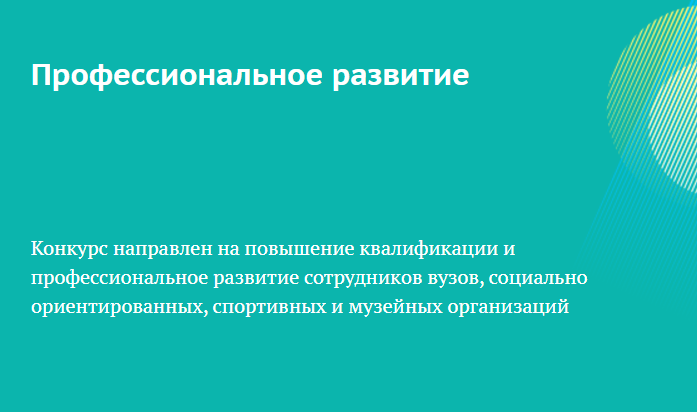Research in the field of reducing anthropogenic load on the environment in the CIRETEC-GT laboratory

At Peter the Great St. Petersburg Polytechnic University, within the framework of the MEGAGRANT program, research continues on the use of microalgae to reduce anthropogenic load on the environment. The research is being conducted under the supervision of the senior researcher of the laboratory «Interdisciplinary Research and Education on Technological and Economic Problems of Energy Transition (CIRETEC-GT)», professor, Doctor of Engineering Sciences N.A. Politaeva with the involvement of young scientists of the laboratory.
The problem of increasing carbon dioxide (CO2) content in the atmosphere is a serious environmental threat associated with global warming. Microalgae, having unique properties, can effectively convert carbon dioxide into organic matter through photosynthesis. The research results showed a high potential for CO2 fixation (content in the photobioreactor-biofilter from 30% to 40% by free volume) by microalgae Chlorella kessleri, Chlorella vulgaris and Chlorella sorokiniana. This potential can be used to absorb CO2 from emissions of power plants. The maximum rate of CO2 absorption = 0.255 g / l * day and the maximum volume of CO2 utilized in 1 day = 7.18 l are achieved by a suspension of Chlorella vulgaris microalgae at T = 30 ° C and illumination = 3000 Lx. However, in terms of lipid content, the residual biomass of Chlorella vulgaris is inferior to the residual biomass of Chlorella kessleri cultivated under stressful conditions.
The results of the study formed the basis for the master's thesis of Polina Shinkevich, an analyst at the laboratory, "Development of a method for utilizing carbon dioxide by microalgae", which was successfully defended in 2023, and served as a starting point for the formation of a new direction in graduate school.
To solve environmental problems of decarbonization of emissions, additional wastewater treatment, efficient disposal of organo-containing waste and biofuel production, an integrated scheme based on the use of microalgae was developed (Figure 1).

Figure 1. Integrated scheme for reducing anthropogenic impact on the environment based on the use of microalgae: 1 - enterprise as a source of wastewater (WW) and carbon dioxide (CO2), 2 - photobioreactor with microalgae, 3 - unit for separating treated wastewater (WW) and microalgae biomass, 4 - unit for accumulating microalgae biomass, 5 - dark fermentation unit, 6 - biogas purification unit, 7 - biodiesel production unit, 8 - anaerobic digestion unit
In the scheme proposed in Figure 1, wastewater and flue gases as a source of carbon dioxide enter the unit with a photobioreactor with a suspension of microalgae (2) from the enterprise (1). In block (2), while maintaining optimal conditions for microalgae cultivation (temperature 26-28°C, illumination 2700 lx), the process of carbon dioxide utilization and absorption of biogenic elements from wastewater required for microalgae biomass growth is carried out. Further, in block (3), separation of purified wastewater and microalgae biomass takes place, the accumulation of which occurs in block (4). The accumulated biomass can be returned to (2) for further use, or used to obtain biofuel. In block (5), microalgae biomass after preliminary acid and temperature treatment with the addition of starch is placed in dark fermentation conditions (anaerobic mode, absence of light, maintaining temperature T=55°C, maintaining pH in the range from 5.5 to 6.5) in order to obtain biogas, which contains hydrogen. In block (6), purification of the resulting biogas takes place (cryogenic purification). Lipids for biodiesel production (7) can be obtained from microalgae biomass (4). This process produces waste – residual microalgae biomass, which is proposed to be anaerobically fermented in block (8) with food waste and inoculant in the ratio of residual Chlorella kessleri biomass – food waste – inoculant 10 – 40 – 50%, respectively, at a temperature of 35 °C. The resulting biogas can be purified from foreign impurities in block (6) to isolate methane, which can be used for the needs of the enterprise (1).
Based on the results of research in this area during the implementation of the megagrant, an article was published in a highly rated first quartile journal:
Politaeva, N.; Ilin, I.; Velmozhina, K.; Shinkevich, P. Carbon Dioxide Utilization Using Chlorella Microalgae. Environments 2023, 10, 109. https://doi.org/10.3390/environments10070109.



